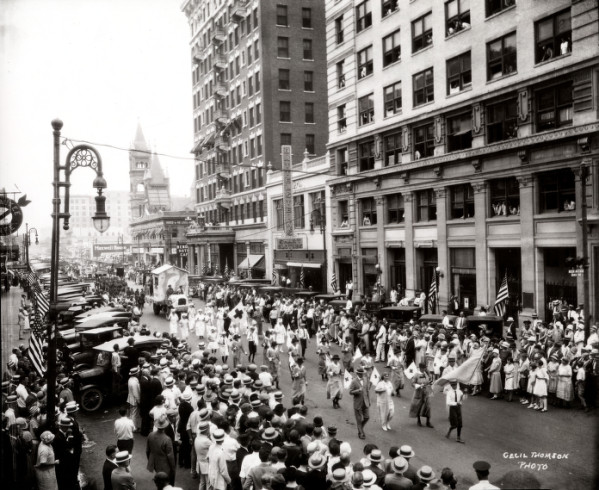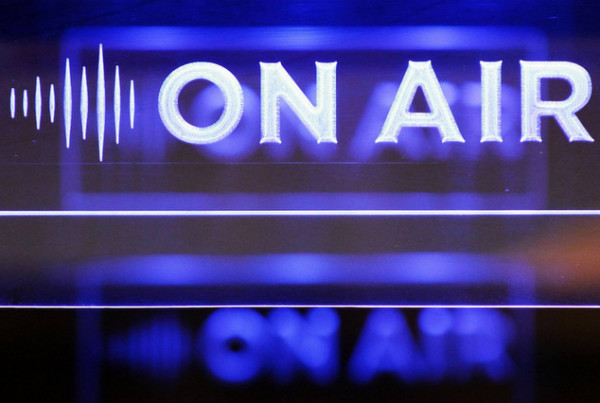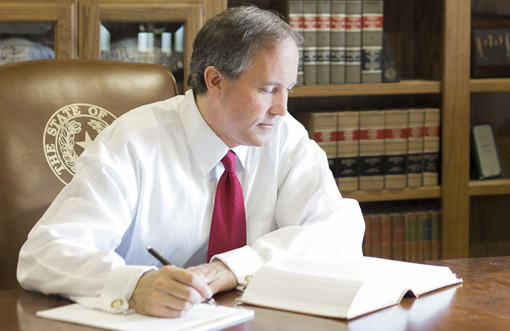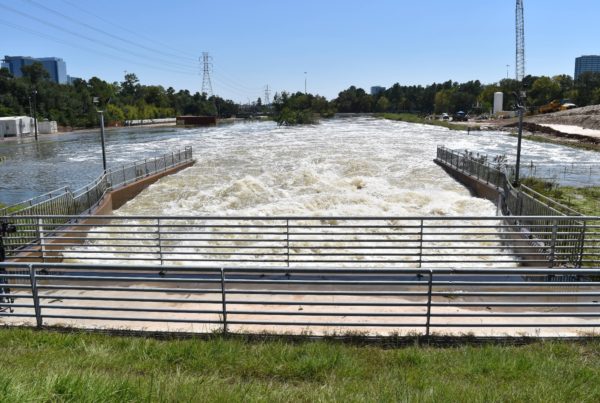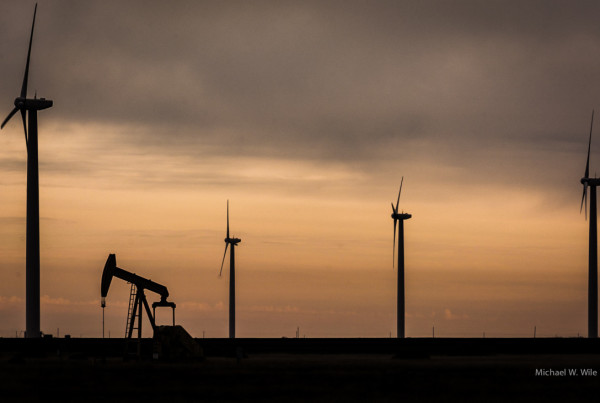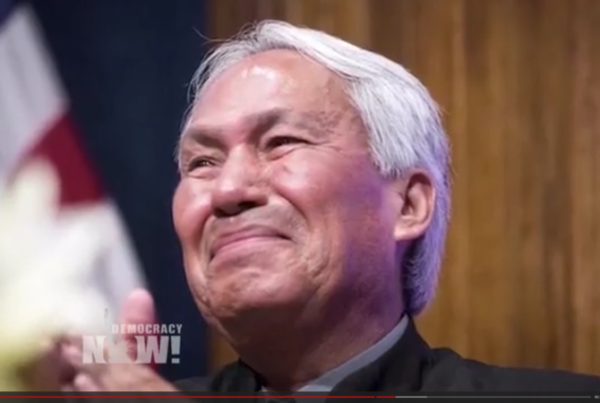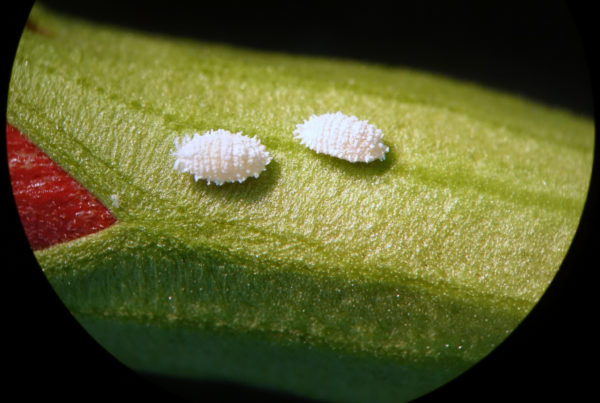With 2018 upon upon us, let’s look 100 years back at 1918, and let’s make some guesses about the coming year.
In 1918, there were fewer than 250,000 vehicles on the road in Texas. No driver’s license was required, by the way. Given that there were only about 5 million of us back then, we had one vehicle for every 20 people. That made getting to the family reunion a tight squeeze.
Today there are 22 million vehicles on the road in Texas – sometimes I think all of them are in the I-35 corridor when I’m there. There are 28 million Texans. Subtract the children and you have damnear one vehicle for every Texan of driving age. Since 1918, cars and trucks have proliferated far faster than Texans. We’ve seen a twenty-fold increase in vehicles and only a 6-fold increase in people. We’re adding cars and trucks faster than we’re making Texans.
In 1918, World War I ended. Incidentally, it was called The Great War then. It didn’t become WW I until we had a WW II, which created the unique war labeling. Many people have been talking about WW III for some time but fortunately, nobody has been able to produce it yet.
A million Texans registered for the draft and 200,000 fought in the Great War. Texas volunteerism was high, perhaps because Germany had offered Mexico a deal in the Zimmermann Telegram. They said that if Mexico threw in with Germany, Germany would help them get Texas back.
5200 Texans died during the war. About a third of them died from the other devastating event of that year, the influenza pandemic, better known as the Spanish Flu. It was particularly sad that we had soldiers survive four years of unholy trench warfare and mustard gas only to come home to die of the flu.
The Spanish Flu was unusual in that 20-40 year old adults were most at risk rather than children and old people. A common story of the time was of four healthy women who played bridge late into the night. They went to bed and the next morning, three were dead.
Children who survived the flu that year, some believe, went on to live healthier lives than most because they developed powerful immunities. My mother had the flu when she was eigh years old. She lived to be almost 102. She was in good company: Walt Disney had it, Woodrow Wilson had it, and so did Texas novelist Katherine Ann Porter, who later wrote a novella based on the epidemic called “Pale Horse, Pale Rider.”
A study by Vanderbilt University in 2008 found that people like my mom still had the Spanish Flu antibodies, working hard 90 years after they had the flu.
Texas cities like El Paso were particularly hard-hit, partially because of Fort Bliss, the military base there. 600 people died in El Paso, almost 1 percent of the population, and many more, of course, survived the flu.
Today, we have the flu vaccine, which was invented by Jonas Salk and Thomas Francis in 1933. So though a pandemic of the 1918 variety is not impossible, most experts feel it is highly unlikely. But we cannot say the same for World Wars. It always seems one surprise assassination of an obscure archduke away.
Turning to the future, what will Texas look like in 100 years, in 2118? All one can do is look at trends and guess. As Peter Drucker said, “Trying to predict the future is like trying to drive down a country road at night with no lights on while looking out the back window.” So with that warning, let’s try anyway.
If we go by the futurists at Google, we can predict that there will be fewer cars on the road, per capita, than now. We will have many types of public transportation such as self-driving buses and cars. Fewer people will own their own cars and trucks in the future. Experts believe we will simply hail self-driving taxis using some future version of smart phones which probably won’t be called phones anymore. I wonder if we will have taxi pickup trucks, nicely lifted, with an occasional set of longhorns strapped to the front, just for nostalgia.
I asked former official State Demographer of Texas, Steve Murdock (everybody’s go-to guy for the future of Texas) what the Texas population would look like in 2118.
“If Texas continues to grow as it has in the recent past, one would expect it to increase its population to more than 80 million by 2118. This assumes that Texas will obtain technology and other factors to increase the water supply,” he said.
From this number, we can see that this would put us in the neighborhood of present-day Egypt for size and population.
Murdock also said that in the 2050-2060 decade, Texas will be about 55 percent Hispanic and 20 percent white. It’s hard to predict trends beyond that point. He said we need very much to ensure educational opportunity for all or we will not have the success in the century ahead that we enjoyed in the last one.
My personal guess is that Texas will be incredibly urban in 2118, as compared to today, particularly east of I-35. DFW, Houston and San Antonio will be super cities. Austin may well be a kind of giant suburb of San Antonio. It’s quite possible that San Antonio and Houston will fight over city limit signs.
If the big tech giants have the future properly envisioned, our cities like Dallas and Houston will be more people-friendly – pushing vehicles out of our streets and reclaiming many as green spaces for walking and biking and sports. And we will all have artificial intelligence robots.
I just hope the robots say things like “howdy” and “fixin’to” and “while I’m up, can I get y’all a beer?”


